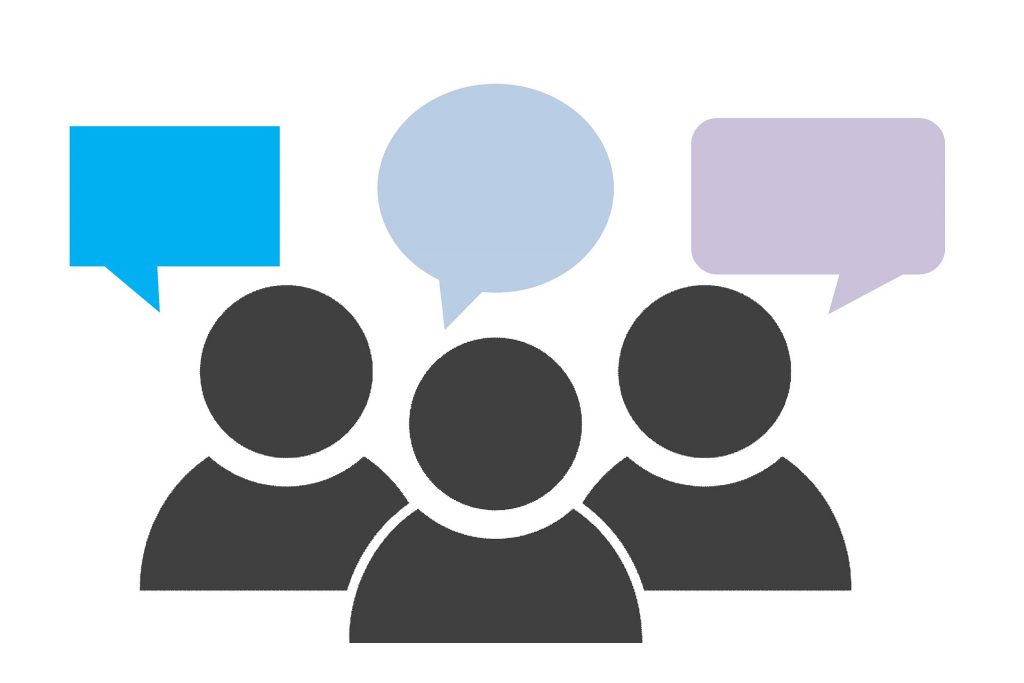The SOVA Project is happy to feature this blog post written by one in our team of fantastic SOVA Ambassadors—these are young people who help create meaningful blog posts from adolescents’ perspectives.

As I’ve already mentioned in the title, this is my first time blogging. I have never shared my experiences in a format quite like this, so this should interesting. I feel as if I have so many stories to share and so much to say, but nobody has time to read all of that in one sitting. So… I’ll try not to ramble on for too long. Part of me hopes lots of people read this and part of me hopes nobody does. It can be really difficult putting yourself out there, but hey too late now. Continue reading First Time Blogger


 While the lasting power of things on the Internet is permanent, the significance and popularity of some things are fickle. Even if Facebook is still up and running, notes and middle school photos buried somewhere deep down your feed, you probably don’t use it anymore – what was once one of
While the lasting power of things on the Internet is permanent, the significance and popularity of some things are fickle. Even if Facebook is still up and running, notes and middle school photos buried somewhere deep down your feed, you probably don’t use it anymore – what was once one of



